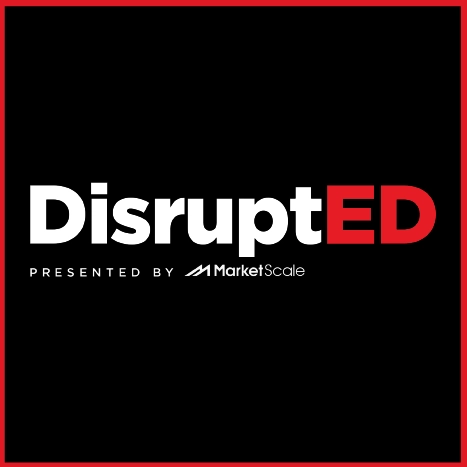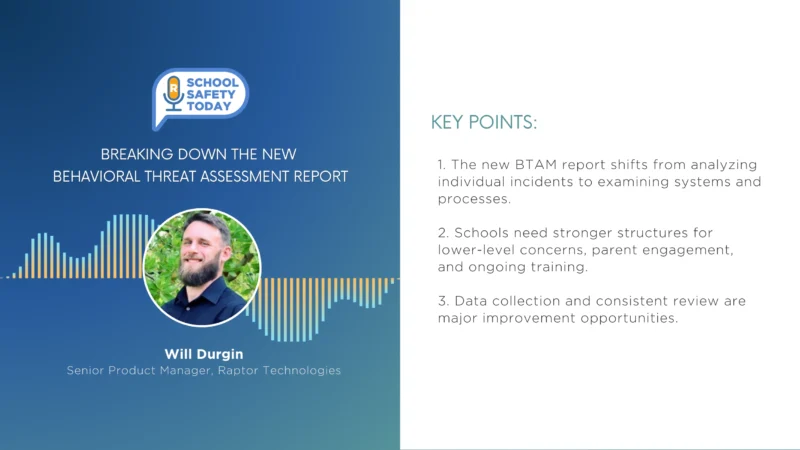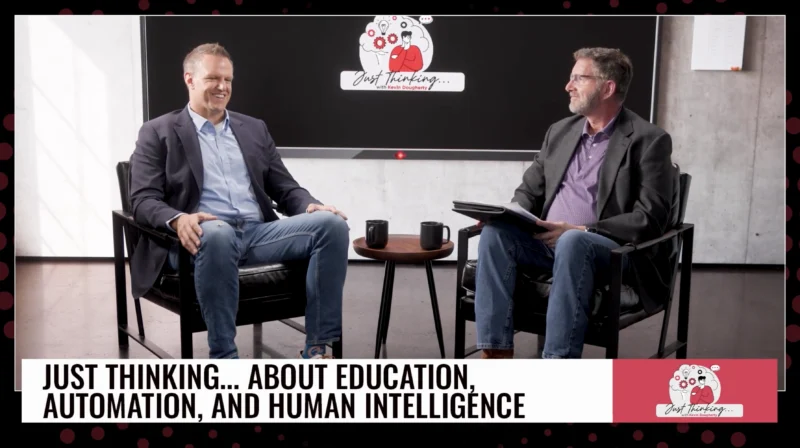SkillStorm’s Innovative Approach to Skills-Based Hiring in Tech to Bridge the Education-Employment Gap
In today’s ever-changing technological landscape, bridging the gap between education and employment has never been more crucial. As industries disrupt and traditional education paths become less linear, there’s an emerging emphasis on skills-based hiring.
High tuition costs and the shifting paradigm of traditional education are paving the way for companies to prioritize skills over degrees. The tech sector, in particular, showcases a significant skills gap with a vast array of untapped talent. Enter initiatives like SkillStorm, which identify and empower underrepresented individuals, granting them not only vital tech skills but a pathway to a multitude of careers.
By partnering with renowned universities, SkillStorm is innovating the future of education, emphasizing immediate, industry-relevant upskilling. Let’s investigate this skills-based hiring revolution with Joe Mitchell, COO of SkillStorm, who personifies this transformative journey on this episode of DisruptED with Host Ron Stefanski.




